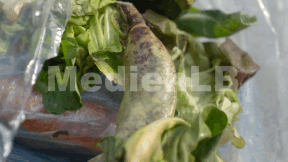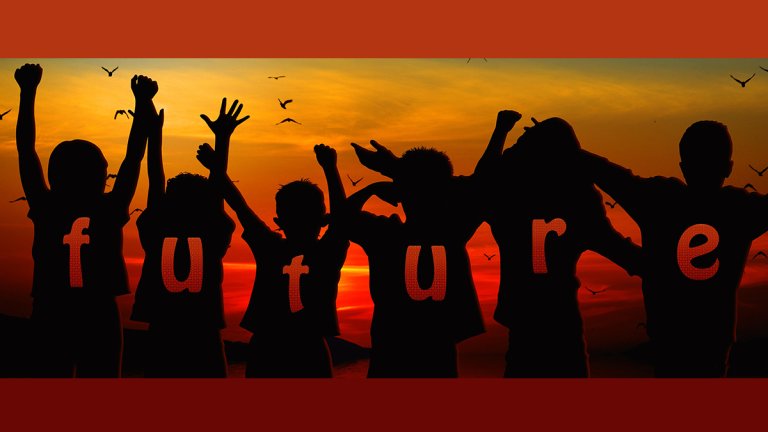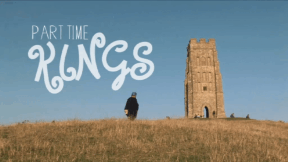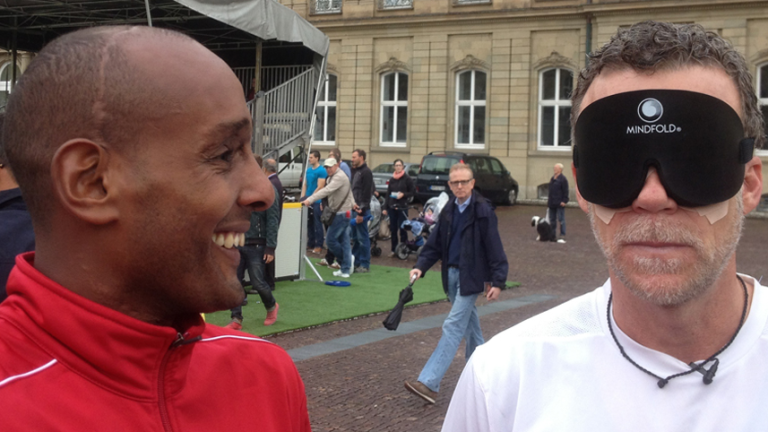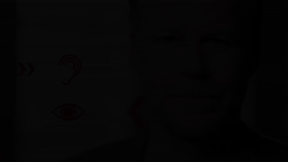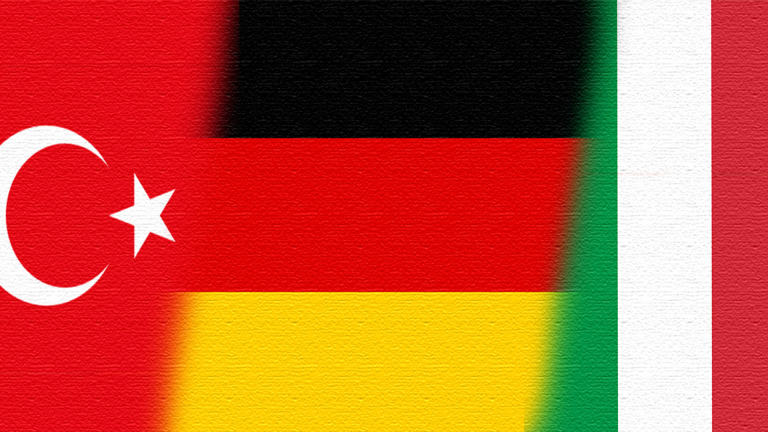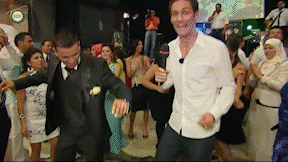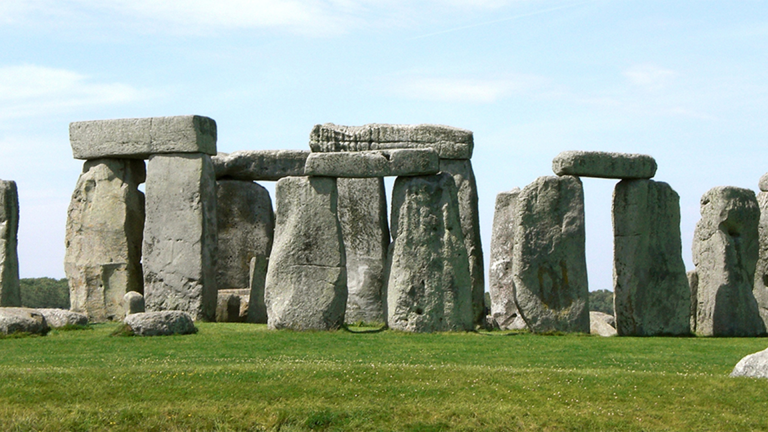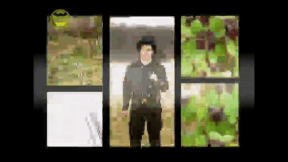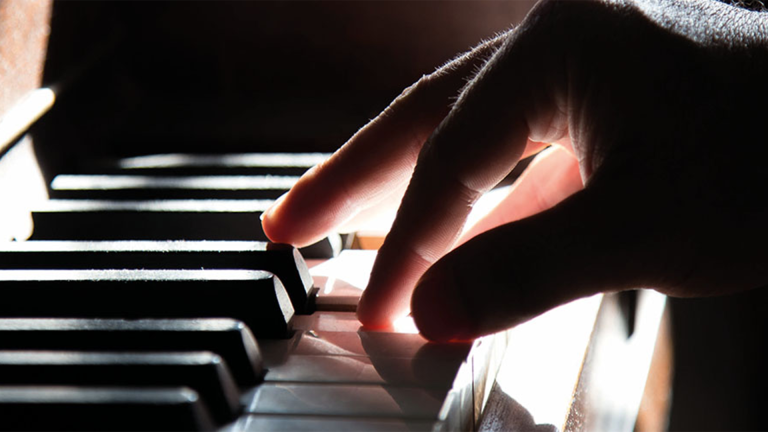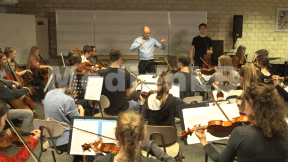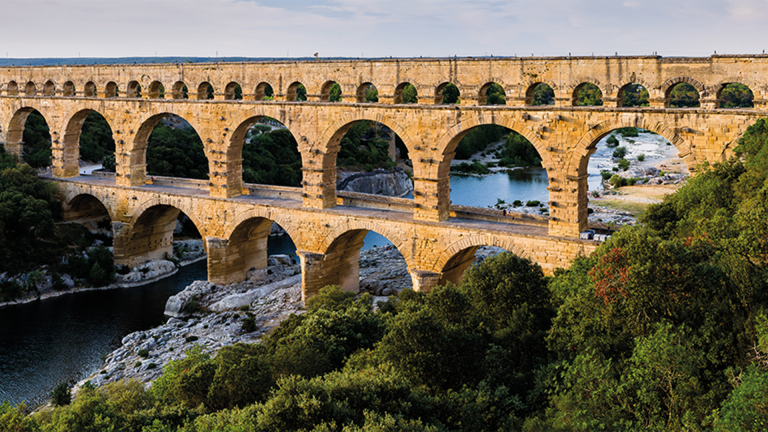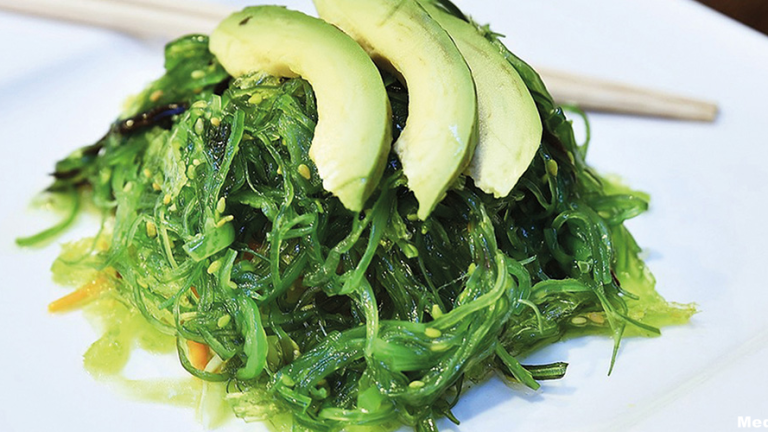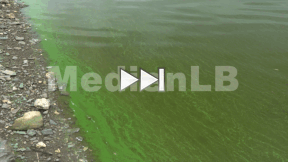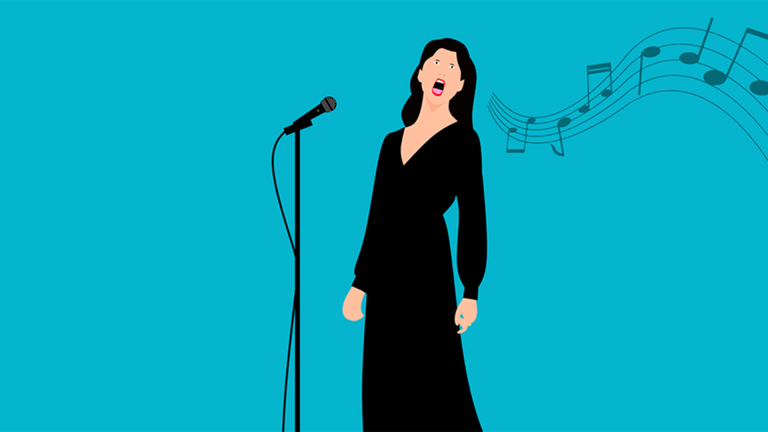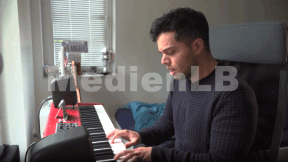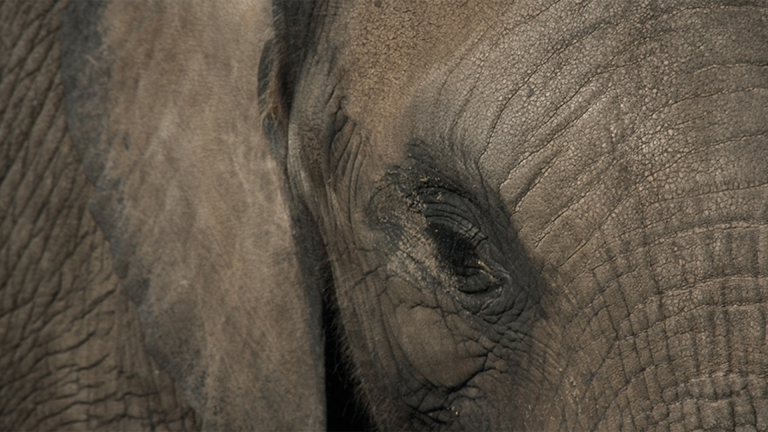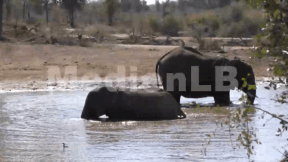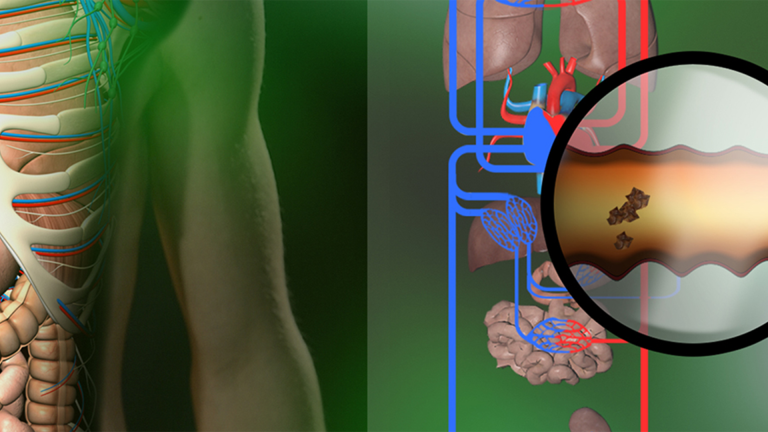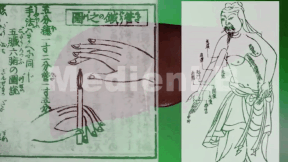Suche:
- # Artistry
- # Biology
- # Chemistry
- # Ecological
- # Economy
- # English
- # Foreign Language
- # Geography
- # German
- # Health
- # History
- # Informatik
- # Latin
- # Mathematics
- # Media Education
- # Music
- # Physics
- # Politics / Civics
- # Preschool
- # Primary School
- # Religion
- # Society
- # Sports
- # Technology
- # Training of Teachers
- # Vocational Education
Wegwerfgesellschaft
Der Müllberg wächst Jahr für Jahr. Das liegt zum Einen daran, dass die Verpackungen aufwändiger werden, zum Anderen an den extrem kostengünstig produzierten Konsumgütern, die häufig einen Neukauf lohnender als eine Reparatur machen.
Learn moreSoziale Medien
Ein neuartiges Phänomen ist in den sozialen Netzwerken zu beobachten – das demonstrative Zurschaustellen des Reichtums der Eltern.
Learn moreGehörlos und blind
Die meisten von uns können – und müssen – sich nicht vorstellen, wie es ist, blind zu sein. Vielmehr haben wir uns daran gewöhnt, unseren Sinnen „blind“ zu vertrauen. Für rund 160.000 Menschen in Deutschland ist dies jedoch nicht möglich; sie sind entweder blind auf die Welt gekommen oder im Laufe ihres Lebens erblindet. Von Gehörlosigkeit sind sogar noch deutlich mehr Menschen betroffen.
Learn moreMulti-Kulti
In Deutschland leben über sieben Millionen Ausländer: so eine Erhebung des Statistischen Bundesamtes aus dem Jahr 2006. Besonders Türken, aber auch Italiener und Polen zieht es in deutsche Lande. Bei so vielen verschiedenen Kulturen gibt es auch einiges zu entdecken. Wie feiern Türken Hochzeit? Was kochen Nigerianer am liebsten? Und wie sehen ausländische Mitbürger eigentlich die Deutschen? „Schau Dich schlau!“ zeigt, wie multi-kulturell und bunt es in Deutschland zugeht und räumt mit hartnäckigen Vorurteilen auf.
Learn moreAberglaube
Glücksbringer, Geister, Horoskope – Fast jeder dritte Europäer ist in irgendeiner Weise abergläubisch. Doch was fällt eigentlich alles unter Aberglaube? Und ist jeder Aberglaube tatsächlich Hokuspokus? Manch eine Bauernregel kann z.B. mit einer meteorologischen Wettervorhersage standhalten. Die psychologische Wirkung von Glücksbringern ist auch nicht zu unterschätzen. Ob diese jedoch einem objektiven Test standhalten, ist fraglich. Dubiose Wahrsager bieten mittlerweile nicht mehr nur auf Jahrmärkten ihre Künste an, wobei sie allein mit einer geschickten Fragetechnik den Kunden auf Glatteis führen können.
Learn moreMusikinstrumente
Der Mensch kennt sie seit der Altsteinzeit. Es gibt sie in klein und in groß. Sie werden gestrichen, gezupft, geschlagen, geblasen.
Learn moreRome
In its heyday, ancient Rome was the most imposing city of the known world and centre of one of the largest empires of all times but most of the more than one million residents viewed the metropolis as a foul juggernaut.
Learn moreAlgen
Algen gehören zu den ältesten Lebensformen auf der Erde. Sie sind die älteste Lebensform, die Photosynthese betreibt und schufen damit eine Erdatmosphäre, in der sich das Leben entwickeln konnte.
Learn moreStimme
Sie ist ein Teil unserer Persönlichkeit. Wir brauchen sie, um mit anderen zu kommunizieren. Wenn wir sie nicht schonen, lässt sie uns im Stich. Die Rede ist von unserer Stimme.
Learn moreHuman Liver
Normally you do not feel it, it does not beat like the heart, neither can we feel it like the lungs when we breathe in and out – nevertheless, it is one of our most important organs: the liver.
Learn more




